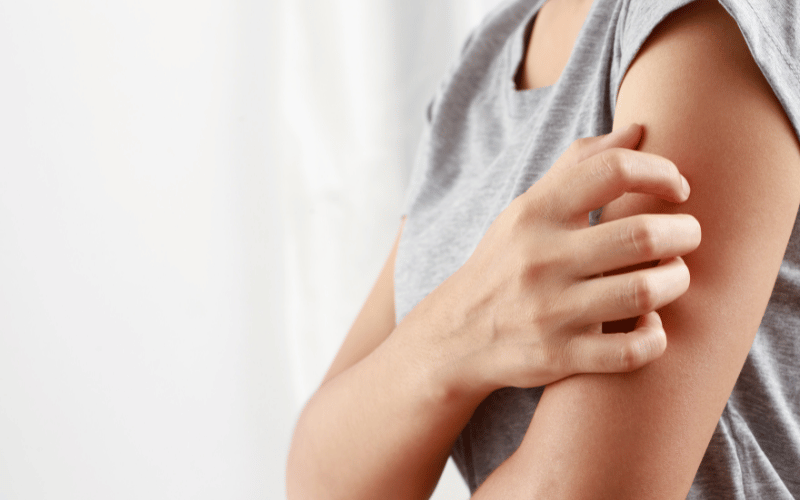Introduction: The Mystery of Lichen Planus

Lichen planus (LP) may not be a household name, but for those who suffer from it, the symptoms can be all too familiar. Originating from the Latin term ‘lichen’, meaning a type of fungus, and ‘planus’, signifying flat, this condition often presents itself as flat, itchy patches on the skin. However, as with many conditions, the name only scratches the surface of the story.
The world of medical research has, for years, tried to pinpoint the exact causes and triggers of LP, but much remains to be uncovered. What we do know is that this condition, often mistaken for other skin ailments, is not just skin deep. It can manifest in the mouth, nails, and even the scalp. Such a wide range of symptoms can make it a challenge to diagnose, leading many to endure its effects longer than necessary.
But why does understanding LP matter? Early detection is key. While there’s no known cure for lichen planus as of now, identifying its symptoms early on can pave the way for treatments that can significantly alleviate its effects. The journey towards such awareness begins with educating oneself on the symptoms and manifestations of this condition.
Symptom 1: Itchy Skin Patches

Lichen Planus often makes its presence felt through itchy skin patches. Initially subtle, these patches slowly gain prominence, taking on a reddish-purple hue. Typically found on the wrists, ankles, and lower legs, they might appear harmless at first glance. However, the incessant itching they cause can lead to tremendous discomfort.
Now, what differentiates these from regular itchy spots? Their persistent nature, for starters. While a mosquito bite might itch for a day or two, these patches remain bothersome for more extended periods. The texture of these patches may also change over time. They can harden or even thicken, depending on the individual’s response to the condition.
Furthermore, the areas around these patches might experience heightened sensitivity. Simple acts, like scratching or even rubbing against clothing, can exacerbate the itchiness, sometimes leading to more inflammation. Avoiding the urge to scratch is vital, as doing so can lead to open sores, making the area vulnerable to infections.
The psychological aspect of constant itching cannot be undermined either. The incessant need to scratch, combined with the potential cosmetic implications of visible patches, can lead to increased stress and anxiety. Addressing these symptoms early, with the help of a dermatologist, can go a long way in managing the overall condition and ensuring better skin health. (1)